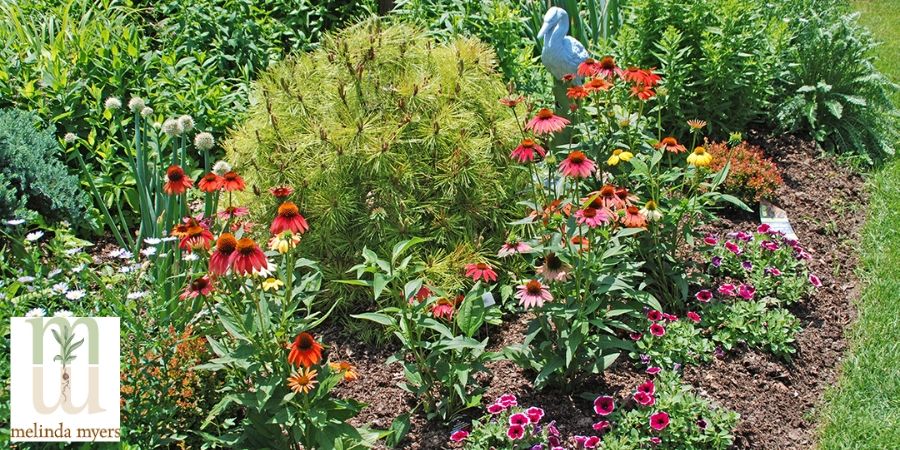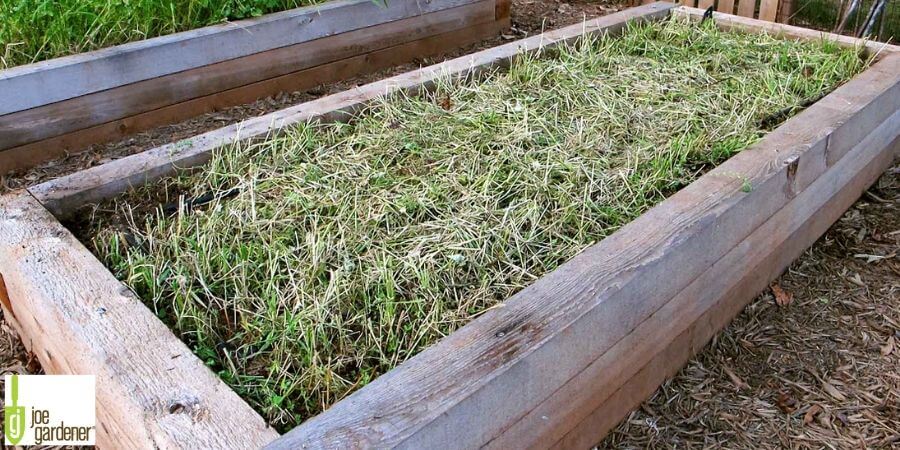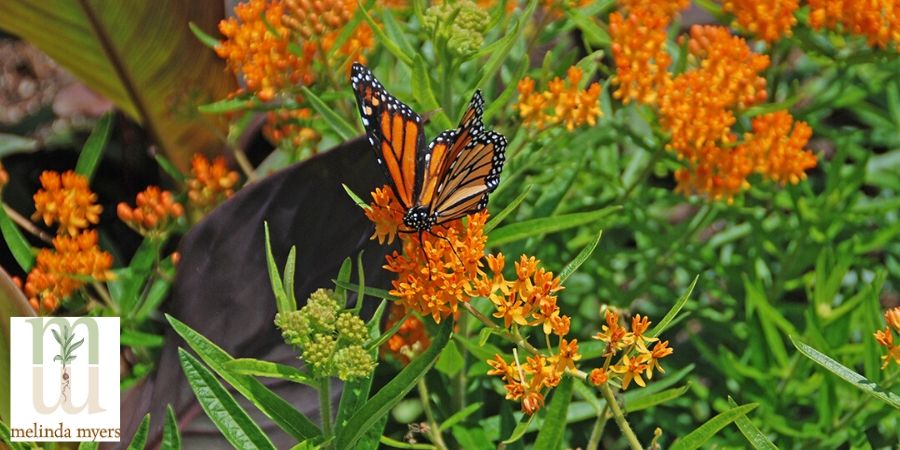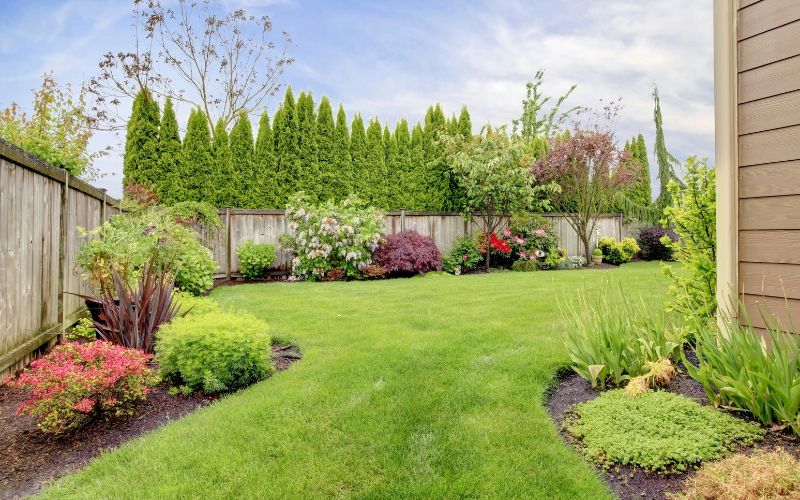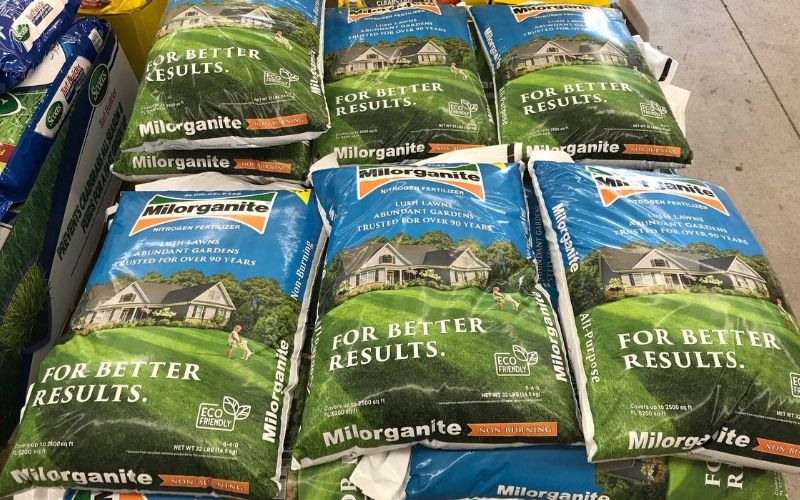Flower Application Rates
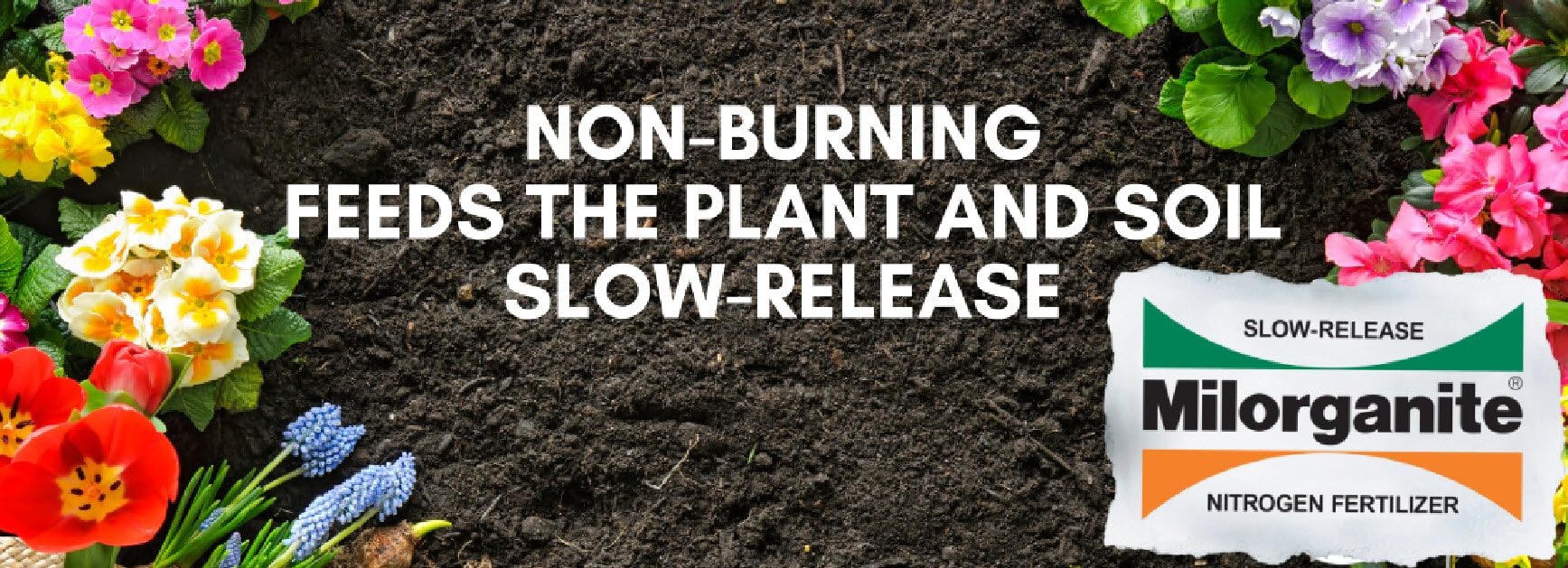
Learn tips for proper planning, plant selection, and soil preparation for your flower garden, so you can keep your ongoing care to a minimum. Which means more time to relax and enjoy your beautiful garden.
Annual Flowers
Annuals play the starring role in the story of your garden. To get the most visual pop, you need to give your annuals all the nutrients they need to grow big and beautiful. Follow the planting and fertilizing tips below and prepare for rave reviews.
- Till the soil 2 to 3 inches below rooting depth.
- Break up any clods and remove sticks and debris.
- Fertilize with slow-release Milorganite at planting and mid-season (rates below)
- Water the annuals well at planting or transplanting.
- After plants reach mature size, water them twice a week to rooting depth. Too frequent watering promotes surface root growth, which can limit plant vigor.
- Mulch around the plants to protect roots from hot summer weather and to help control weeds.
- Remove dead flowers to encourage further new buds and flowering.
| When to Apply | Application Rate | Suggested Application |
|---|---|---|
| Spring - Prior to planting | 1 ½ lbs (4 ½ cups) per 50 sq ft | Mix into soil when preparing flower bed or container |
| Mid-Summer | 1 lb (3 cups) per 50 sq ft | Mix into soil for a nutrient boost |
Conversion: 3 cups of Milorganite = 1 pound
Perennial Flowers
Perennials are the supporting actors, giving depth and texture to your garden. They develop more gradually, which makes them perfect candidates for a slow-release nitrogen fertilizer like Milorganite®. Apply in early spring when plants begin to emerge and again after plants bloom to strengthen plants for the following year.
- Remove any sod or previous plantings from the area you wish to plant.
- Till the soil to at least 6 inches below rooting depth.
- Fertilize with slow-release Milorganite prior to planting (rates below)
- Plant according to specific directions for each type of perennial you choose.
- Water the plants thoroughly when transplanting. Keep the soil moist until plants set. Then, water the plants weekly to rooting depth. Shallow watering encourages shallow roots, which can stress plants during hot and dry summer conditions.
- Fertilize with slow-release Milorganite in Spring when plants emerge (rates below) and again Mid-Summer.
- Mulch around the plants to protect roots from hot summer weather and to help control weeds.
- Remove dead flowers to encourage further new buds and flowering.
| When to Apply | Application Rate | Suggested Application |
|---|---|---|
| Prior to planting* | 2 ½ lbs (7 ½ cups) per 50 sq ft | Mix into soil when preparing flower bed |
| Spring | 2 ½ lbs (7 ½ cups) per 50 sq ft | When plants emerge mix into soil |
| Mid-Summer | 2 ½ lbs (7 ½ cups) per 50 sq ft | Mix into soil to strengthen plants for the following year |
Conversion: 3 cups of Milorganite = 1 pound
*For large plants, add an additional ½ to 1 lb of Milorganite in the bottom of the planting hole.

